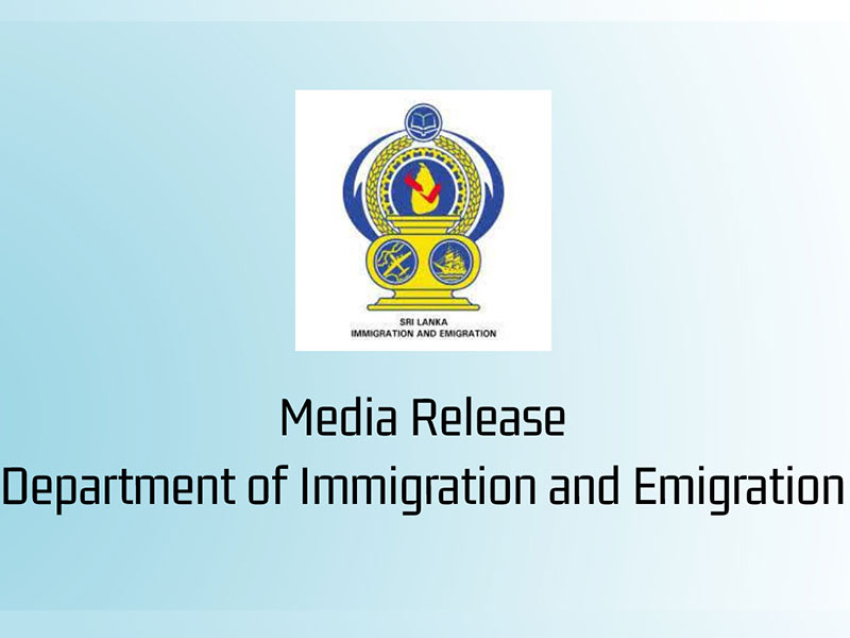Wheezing is a common problem in childhood. When it occurs in very young children, especially in those under two to three years of age, it causes a lot of distress to the child as well as to his or her caregivers.
Wheezing is a high-pitched, whistling noise that usually occurs with breathing out or exhaling. It is generally due to air escaping through narrowed airways. The airways of infants and young children are not fully developed, are proportionately smaller than in older children and adults, and they do not have the proper structural support that is present in adults. The anatomically narrow airways of young children show quite marked disturbances in airflow even when marginally narrowed and in many instances, even tend to collapse. Thus, the effects of airway narrowing are that much more pronounced in this age group.
Generally, in older children and adults, wheezing is associated with, and is a manifestation of, asthma. However, this axiom may not apply all that well to very young children. There are several other causes, apart from asthma, that lead to wheezing in that age group. Many conditions that cause inflammation of the airways in these very young children tend to cause wheezing. In addition to asthma, viral infections of the airways, pneumonia, environmental irritants and allergies, food allergies, inhaled foreign objects and spontaneous bringing up or refluxing of stomach contents can cause wheezing in very young children, especially the infants.
Rarely, it may be caused by congenital malformations in the lung as well as external things that compress the airways from outside. However, asthma remains an important cause of wheezing in this age group as many children who go on to develop asthma later in life start to wheeze in the first three years of life. It has been estimated that around 30 percent of infant wheezers go on to develop asthma later in life. In population surveys, it has been noted that by three years of age, an episode of wheezing will have occurred in 40 percent of children, and by six years of age, almost one-half of children will have had at least one episode of wheezing. Many of them, however, have only one or two episodes and do not go on to develop recurrent or persistent wheezing. In some cases, wheezing is associated with other allergic manifestations such as eczema on the skin and upper respiratory problems. Some of these babies with associated allergic phenomena are more likely to develop persistent wheezing later on in life.
Viral infections such as those caused by specific viruses, such as the respiratory syncytial virus(RSV), can cause wheezing in infants and young children. This particular virus is known to cause a disease known as bronchiolitis which is due to an infection in the smallest branches of the airways. The highest incidence is between the ages of six and 18 months. Certain babies are more prone than others to contract this disease. Among them are those born prematurely, those with existing lung problems and those with congenital heart defects. In most cases, the baby develops a common cold-like illness and then gets progressively short of breath.
Recovery from this disease may lead to one of three subsequent developments. One is that the baby remains normal without any undue long-term lung problems. In fact, the majority will fall into this group. The second is that the child develops a tendency to get intermittent recurrent wheezing, particularly with subsequent lung infections caused by other viruses or bacteria. They are quite normal in-between these episodes. The last group is that of a small proportion which goes on to develop persistent wheezing with symptoms fluctuating over days, weeks or months. Some children in this group may remain quite well and happy, but may even wheeze loudly, day in and day out.
RSV bronchiolitis occurs in a seasonal fashion during the winter months in the Western world and is quite a problem over there. These cases account for a significant proportion of paediatric admissions to hospital during the winter months in the Western world. However, there is no good scientific evidence that it is commonly seen or is that much of a problem in the tropical climates.
In other instances, diseases such as viral or bacterial pneumonia cause wheezing in this age group. Although in older children and adolescents, these hardly ever cause wheezing, in very young children, wheezing may be the presenting symptom. Commonly, they recover with treatment and do not go on to develop intermittent or persistent wheezing later on in life. It is not all that easy to distinguish these cases of pneumonia, particularly bacterial pneumonia, from other forms of lung infections in this age group. Accurate diagnosis is quite important as certain specific forms of treatment are required for these conditions. Bacterial infections need treatment with properly selected antibacterial agents.
Other causes of wheezing need to be considered if the situations warrant it. However, these are relatively rare as causes of early childhood wheezing. Environmental irritants and allergens need to be considered in special situations. Exposure to cigarette smoke is a well-recognised irritant that could cause wheezing in very young children. In the toddler age group, one must consider inhaled foreign bodies when there is a sudden onset of a cough associated with wheezing without any other precipitating cause or other symptoms such as a preceding cold or cough. All these other causes of wheezing need different forms of treatment depending on the causative factors.
The clinical features and the degree of severity of wheezing are quite important for further management. Most babies who develop acute wheezing go off feeds and have considerable difficulty in sucking. There may be fever, but this is not usually high except when lung infections are caused by bacteria. The main characteristic feature is the difficulty in breathing with the accompanying wheeze. There is usually lower chest in-drawing with breathing as the soft and pliable chest cage gets drawn in by the extra powerful action of the respiratory muscle, the diaphragm, which separates the chest from the abdomen and is attached right round the lower chest.
A bluish tinge around the lips and over other mucous membranes, known as cyanosis, is of ominous significance as it implies that the oxygen in the blood has drastically reduced to critical levels. Some children get quite restless by the feeling of suffocation caused by the wheeze. Later on, the reduced levels of oxygen and the accumulated carbon dioxide in the body may make them drowsy and perhaps even unresponsive. The treatment includes all standard forms of management for wheezing with humidified oxygen, drugs that dilate and expand the airways, corticosteroids, intravenous fluids and some other special medications in particular situations. In many cases, acute episodes need hospitalisation as things could get out of hand very quickly in this age group. The more severely affected children may even need intensive care and rarely even may need short-term ventilation with artificial breathing machines. The type of management required is determined purely by the degree of severity.
The long-term management will depend on the progress of these babies. It primarily depends on the degree of severity or the frequency of attacks. Those who do develop just only a few episodes of wheezing and do not have any recurrent or persistent problems could be left alone. They will not generally have any long-term disturbance of lung function. Those who develop recurrent episodic wheezing will need treatment during acute attacks. Most of them will need medications to counteract the narrowing of the airways during the time of acute episodes. They will need long-term preventive therapy only if the attacks are frequent or severe enough to cause some concern.
A special group of children in this age group are true asthmatics. They have a strong family history of asthma, especially in the mother or other siblings and tend to have upper respiratory problems such as catarrh and skin problems such as eczema. Wheezing in this group tends to persist into later childhood and adult life in a significant proportion of cases.
The group of children who have either frequent episodic wheeze or have a persistent wheeze need medications in order to prevent the narrowing of the airways. There are several drugs that may be useful in such situations, but the response is variable and sometimes, quite unpredictable. Some of these medicines are given orally while others like the inhaled corticosteroids need to be given through inhalation. The oral drugs are given for specially selected cases and are effective in mild to moderately-affected children. If an inhaler needs to be used, children in this age group need inhalers or puffers connected to special spacer devices with attached masks for the proper administration of these inhaled drugs. An appropriate technique of administration is essential for optimal effect.
Very often, the lack of response is due to faulty techniques of administration of inhaled medications. The correct way of cleaning the spacers too must be demonstrated to the parents. Frequently, most of these drugs need to be tried on a trial-and-error basis. It is often difficult to predict which child would respond to which group of drugs. There is a false belief that most of these cases are due to allergy to cow’s milk. Many parents give their affected children goat milk in the hope that this will cure the disease. There is no scientific basis for this contention and there is very little to be gained by either changing the formula milk or switching to a different type of milk such as soya milk and goat milk.
It is wise to employ other physical preventive measures such as avoidance of crowded places, prevention of exposure to dust and smoke including cigarette smoke and, avoidance of allergens as far as possible. However, it is not always possible to adhere to these non-pharmacological preventive measures scrupulously due to the general lifestyles of most families. For a growing child, it is perhaps not quite worth the effort to be exposed to such a secluded existence. The primary goal of optimal treatment is to allow the child to have a normal life and allow all pleasures of childhoodd



















